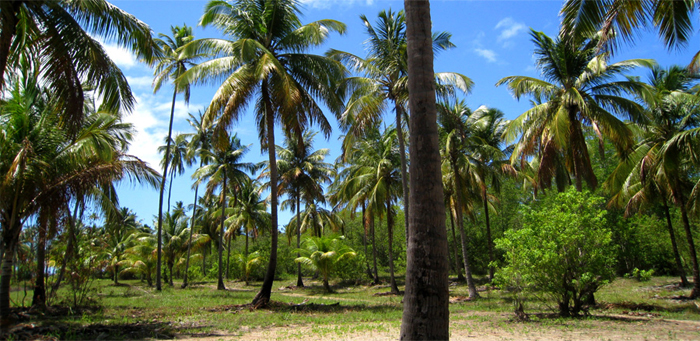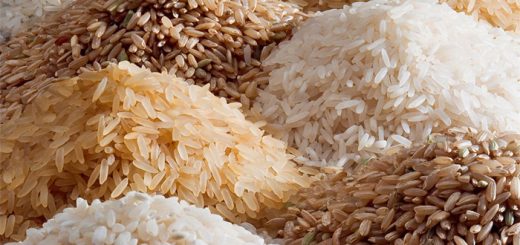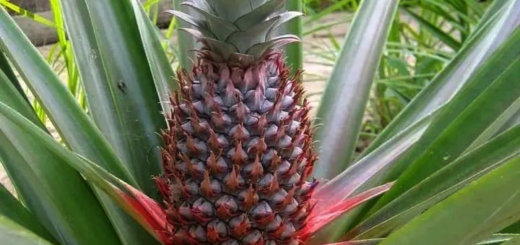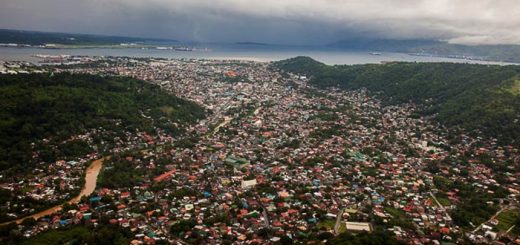Ang Alamat ng Puno ng Niyog – The Legend of Coconut Tree

Possibly the default symbol of the tropics, the coconut tree was dubbed the “tree of life” for its versatility. Its trunk makes for sturdy lumber, its leaves and husks are woven into decorative items, and its flesh and water are delicious as they are or in a variety of dishes. In the Philippines, buko juice is a popular thirst quencher and virgin coconut oil is touted as the cure for everything from limp hair to a sagging bottom.
Whats the Legend Behind It?
Long ago, there were only three living entities in the universe. Each one was a powerful god, and believed that he was the only one of his kind in existence. There was Bathala, who ruled over a lonely and empty world, and Ulilangkalulua, a giant snake who presided over the clouds. Since his kingdom was also devoid of life, the snake god often visited the earth to explore its mountains and caves.
One earthly visit, Ulilangkalulua encountered Bathala and the two proud gods ended up battling each other for universal dominance (and perhaps, the best sunbathing spot on the planet). In the end, Bathala slew the snake god and burnt its giant carcass.
Years after the epic skirmish, the third god, a winged head named Galangkalulua, wandered into Bathala’s home. Instead of challenging the intruder to another battle, the earth god extended the hand of friendship to the floating head. Though Galangkalulua had no hand of his own to extend (being a disembodied head and all), he was still able to convey his acceptance.
The two lived happily for years, until the day Galangkalulua fell ill. Bathala nursed his friend devotedly, but it was to no avail. Before he died, the winged head asked his friend to bury his remains on the same spot where he burned the giant serpent’s body, and promised that what would emerge would help sustain the life that Bathala could create to keep him company.
Bathala honored his friend’s deathbed wish, and a remarkable tree came into being as a result. It had a hard, ringed trunk like the giant serpent’s body, fruits that looked like heads, and sweeping branches springing from behind the fruits like wings. Delighted, Bathala breathed life into the first man and woman, and the coconut tree provided for their needs and those of the generations that came after them.
In time, the fruit was named “buko” or “coconut” (from a 16th century word which means “head” or “skull”) for the three holes on its husk that resembled a human face.
References:
https://www.scribd.com/document/320992393/A-Legend-of-the-Coconut-Tree
Sta. Romana-Cruz, N. (1993). Why The Piña Has A Hundred Eyes And Other Philippine Folk Tales About Fruits. Makati, Philippines: Ilaw ng Tahanan Publishing.









